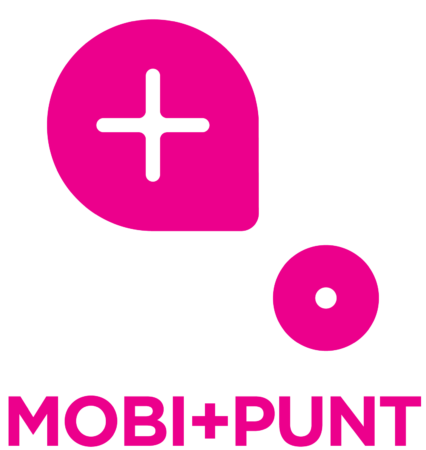Future mobility hubs as social connector for the neighbourhood
Sep 2019 - ongoing
Combining inhabitants’ mobility patterns to reduce individual car usage while enhancing social cohesion.

How many times per week do you get something delivered, or have to drop something off? How many times do you see delivery services enter and exit your neighbourhood per day? What if all those trips are combined, providing you with more free time, the neighbourhood with more space and less cars, and improves sustainability for society as a whole?
The ‘mobi+punt’ is the mobility hub of the future. The mobi+punt, next to offering a wide range of shared mobility options, aims to reduce unnecessary travelling among occupants of a neighbourhood, by giving them the tools to combine their trips.
Those tools include:
Interactive multi-purpose capsules on the mobi+punt that can be used for dropping or picking up a variety of items, as well as provide interactivity to be used for social safety, personalization or gamification.
A closed user pool app for occupants of the neighbourhood, that gives acces to a digital environment and handles usage of the capsules.
Research showed that users on a transport hub always navigate the space between being connected and being autonomous, while they experience positive or negative ‘friction’ (events that slow them down) during their travels. The amount of ‘being connected’ and ‘autonomy’ that a user experiences or seeks, depends on that users personality.
The mobi+punt facilitates for these two kinds of people, by combining their needs and offering a different experience for each. The mobi+punt connects similar users to each other based on how they use the mobi+punt. Engaged users will get more involved with the mobi+punt and each other. Less engaged users will be left alone but nudged towards more usage.
In this way, the mobi+punt improves social cohesion in the neighbourhood. Users will develop a noticable relationship with the mobi+punt and the mobi+punt with them, emphasizing its importance as a starting point for every trip from the neighbourhood.
This relationship is likened to a parent and child: the mobi+punt acts as a concerned parent. This is noticed by the user through the app and the lit capsules, that behave differently depending on the relationship. With that, the mobi+punt stimulates its usage while making interaction with it more meaningful.
A relationship between parent and child is a mutual relationship about responsibility. Such a relationship
mirrors wanted mobility patterns; all users have a responsibility to stop and think about their mobility choices, instead of defaulting to taking the privately owned car.
This project was done for the company of Advier and in collaboration with the Delft Design Labs. It involves the redesign of a ‘mobipunt’. A ‘mobipunt’ is a brand of mobility hubs.
